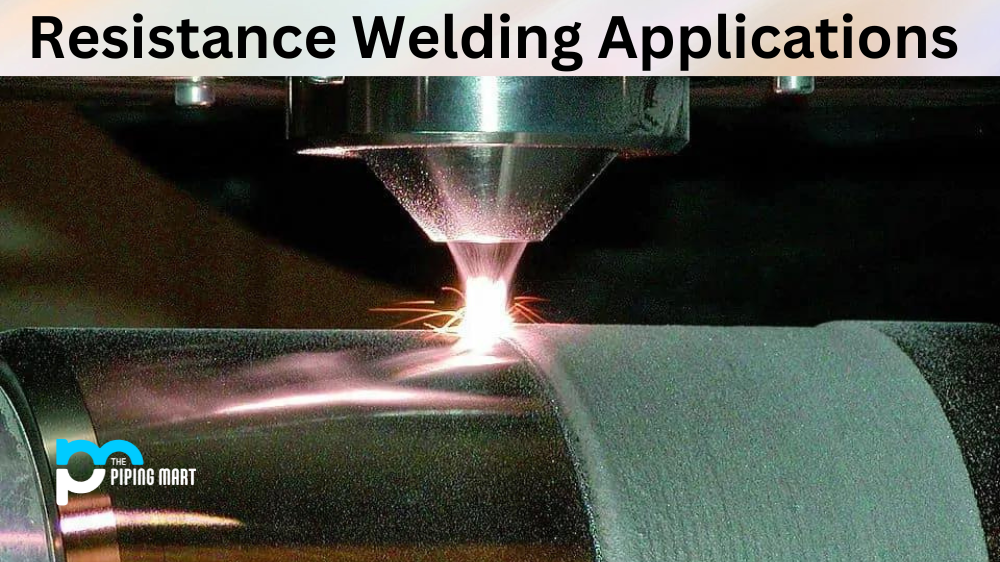Resistance welding is an advanced process that uses electric current to form a bond between two metal surfaces. It is used in a variety of industries, from automotive to aerospace. This blog post will explain the basics of resistance welding and why it’s such a popular choice for manufacturers.
How Does Resistance Welding Work?
Resistance welding works by passing an electric current through two metal pieces and applying pressure at the same time. The heat generated by the current causes the metals to melt together, creating a strong bond between them. This process is often used in the automotive, aerospace, and medical device manufacturing industries.
Benefits of Resistance Welding
There are several benefits associated with resistance welding over other types of welding processes. For one, it’s much faster than other methods since it only takes a fraction of a second to complete the weld. In addition, there’s less chance of human error since the entire process is automated and can be monitored by computers. Finally, resistance welding produces clean welds with no slag or spatter, which makes for a more aesthetically pleasing finished product.
Applications of Resistance Welding
Resistance welding is used in various applications, from consumer goods to heavy industrial components. Automotive parts such as exhaust systems and radiators are often welded using this method due to their speed and efficiency benefits. Additionally, many medical devices use resistance welding because it creates clean welds without leaving any residue behind on delicate components. Other common applications include aircraft parts and sheet metal products like storage tanks or pipes.
Joining Dissimilar Metals
One of the most common applications of resistance welding is joining dissimilar metals. This process is often used to join stainless steel to carbon steel or aluminium to steel. Resistance welding is an ideal method for joining dissimilar metals because it produces a strong weld without the need for filler materials.
Automotive Manufacturing
Resistance welding is also widely used in the automotive industry. The process is often used to weld together sheet metal components such as door panels, fenders, and roofs. In addition, resistance welding is used to create electrical connections between components such as batteries and wiring harnesses.
Household Appliances
Many household appliances are also assembled using resistance welding. This includes small appliances such as toasters and coffee makers, as well as larger appliances such as washing machines and dryers. Resistance welding is often used to attach electrical components such as heating elements and control panels to appliance housings.
Pipe and Tube Manufacturing
Resistance welding is also used in the manufacturing of pipe and tubing. The process is often used to weld together sections of pipe or tubing made from different materials, such as stainless steel and carbon steel. In addition, resistance welding can be used to create joints between dissimilar materials, such as aluminium and copper.
Aerospace Manufacturing
The aerospace industry also relies heavily on resistance welding. The process is often used for welding together aircraft fuselages and wing assemblies. In addition, resistance welding is used to create electrical connections between components in aircraft engines.
Conclusions:
In conclusion, resistance welding efficiently joins two metal pieces together quickly and accurately using electricity and pressure. It has numerous advantages over other forms of welding, including speed, accuracy, cleanliness, and ease of use due to automation capabilities. As such, it has become increasingly popular across multiple industries, including automotive manufacturing, medical device production, sheet metal fabrication, and more! If you’re looking for a reliable way to join two different metals together quickly and accurately, then resistance welding might be just what you need!

A passionate metal industry expert and blogger. With over 5 years of experience in the field, Palak brings a wealth of knowledge and insight to her writing. Whether discussing the latest trends in the metal industry or sharing tips, she is dedicated to helping others succeed in the metal industry.




